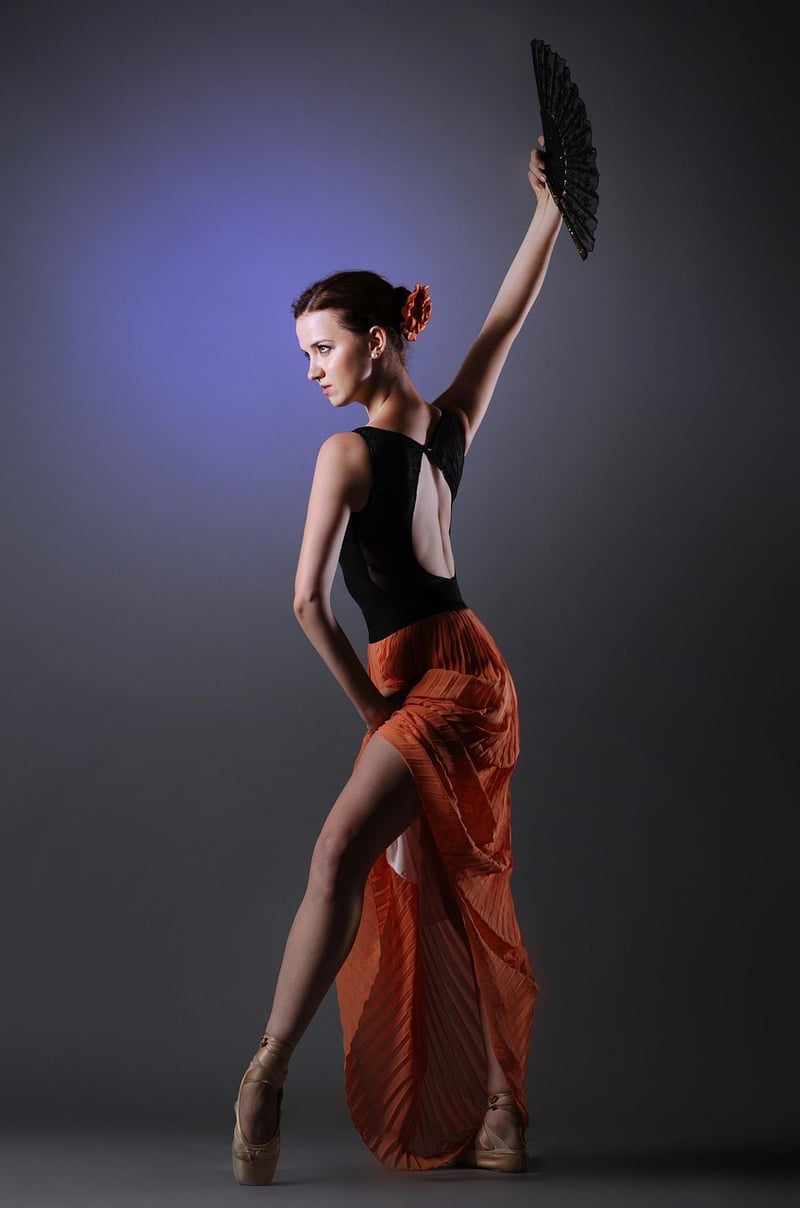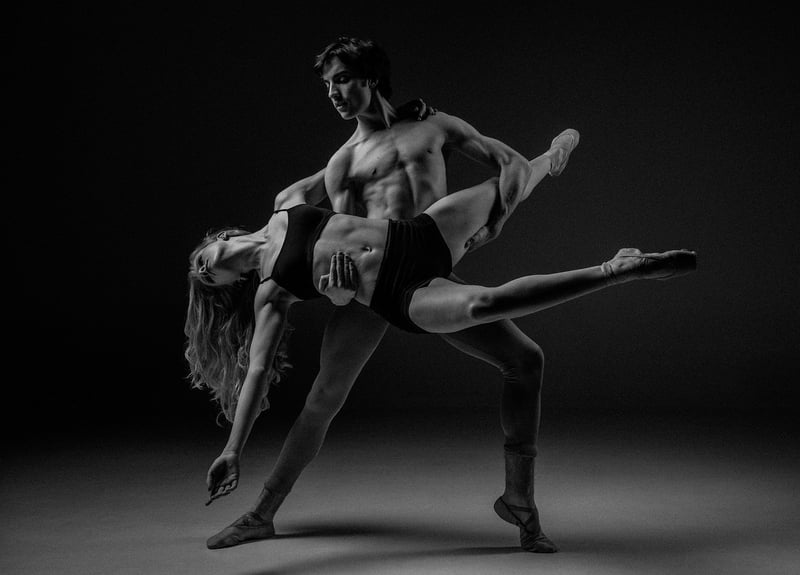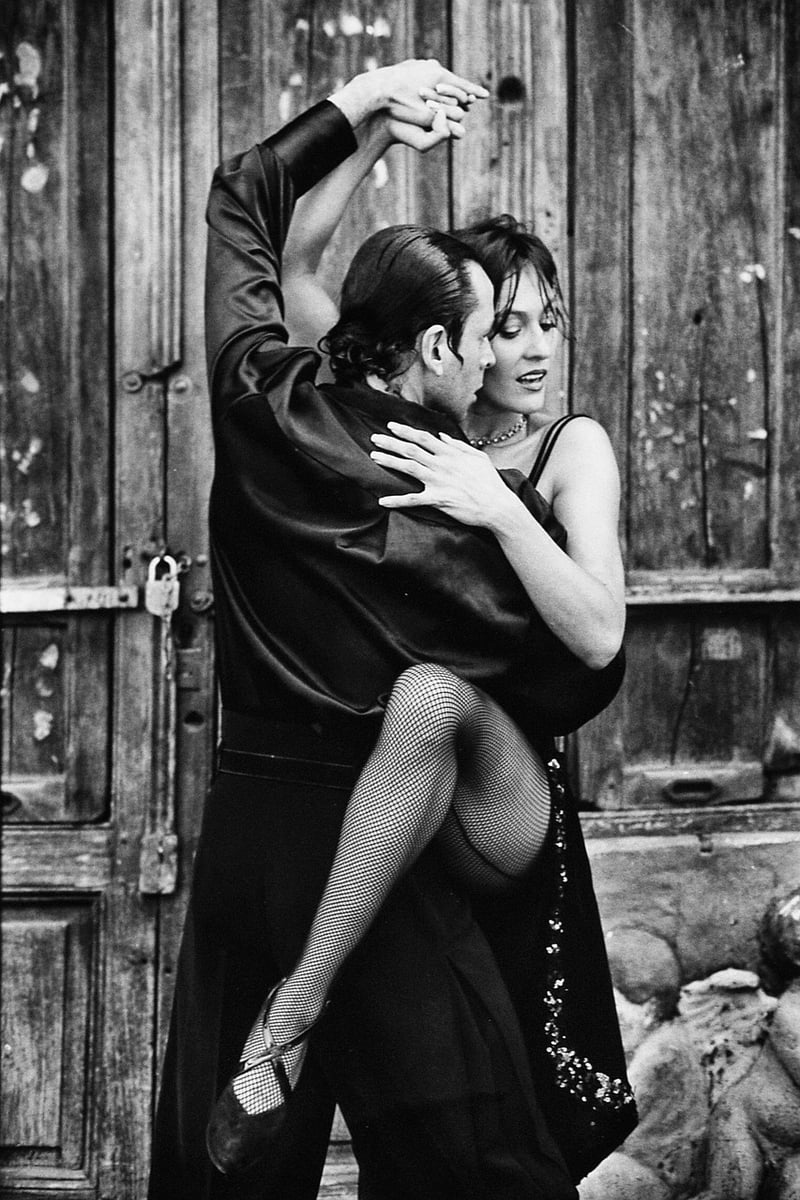Contemporary
Exploring Expressive Movement Forms for Artistic Expression in Contemporary Art

Artistic expression through movement has a rich history in the world of art. In contemporary times, various expressive movement forms have gained popularity as artists seek new ways to convey emotions and ideas. Let's delve into some of these dynamic forms that captivate both creators and audiences alike.
1. Contemporary Dance
Contemporary dance blends elements of different dance styles to create a unique form of expression. It often focuses on fluidity, improvisation, and emotional intensity, allowing dancers to convey a wide range of feelings through movement.

2. Butoh
Originating in Japan, Butoh is a form of avant-garde dance that emerged in the late 1950s. It is characterized by slow, controlled movements, often exploring themes of darkness, transformation, and the subconscious mind.

3. Contact Improvisation
Contact improvisation is a form of dance where points of physical contact provide the starting point for movement exploration. Dancers engage in spontaneous interactions, sharing weight, and momentum to create fluid, collaborative performances.

4. Flamenco
Flamenco, originating from Spain, is a passionate and rhythmic dance form that combines singing (cante), guitar playing (toque), dance (baile), and vocalizations (jaleo). It is known for its emotional intensity and expressive movements.

These expressive movement forms offer artists a diverse range of tools to communicate their ideas, emotions, and stories through the language of the body. Whether through the fluidity of contemporary dance, the introspection of Butoh, the spontaneity of contact improvisation, or the passion of Flamenco, artists continue to push the boundaries of artistic expression in the contemporary world.
Embrace the power of movement in art and explore the endless possibilities of expression through these captivating forms!
